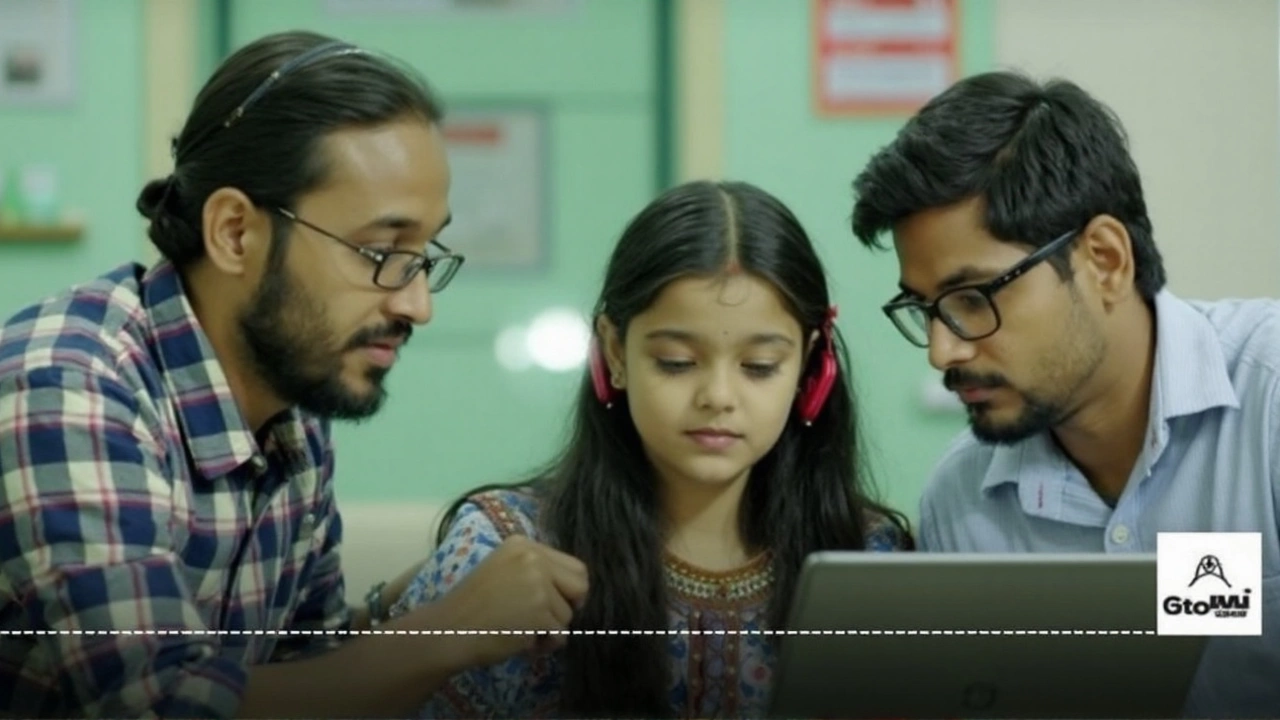MHA – What You Need to Know About India’s Ministry of Home Affairs
If you’ve ever wondered who handles internal security, disaster response, or citizenship matters in India, the answer is the Ministry of Home Affairs, or MHA. This ministry sits at the heart of the government’s day‑to‑day operations, and its decisions affect everything from police work to immigration rules. In plain terms, the MHA is the hub that keeps the country running smoothly on the home front.
Every time you see a news story about a new visa rule, a police reform, or a natural‑disaster rescue effort, the MHA is usually behind it. Understanding what the ministry does helps you decode those headlines and see why they matter to you.
Key Responsibilities of the MHA
First off, the MHA oversees the entire law‑enforcement apparatus. That includes the Indian Police Service, the Central Armed Police Forces, and the Border Guard. It sets policies for crime prevention, public safety, and counter‑terrorism. If there’s a new rule about firearm licensing, the MHA drafted it.
Second, the ministry manages internal security. It monitors threats from insurgent groups, coordinates intelligence sharing, and runs emergency response plans. During floods or earthquakes, the MHA activates rescue teams and allocates resources.
Third, the MHA handles citizenship and immigration. It processes passports, issues visas, and decides on naturalization cases. For Indians living abroad, the passport renewal process often starts with a form that goes through the MHA’s regional offices.
Fourth, the ministry looks after the welfare of central government employees in the home department. It runs training academies, sets pay scales, and ensures staff have the tools they need.
Finally, the MHA works closely with state governments. It shares guidelines, provides funding for police modernization, and helps states prepare for crises. This partnership keeps the country’s security network tightly knit.
Recent Headlines and What They Mean for You
One recent story that caught attention was Prime Minister Narendra Modi’s tribute to Bhagat Singh. While the event was symbolic, the MHA played a role in security arrangements, crowd control, and coordinating with local police. Seeing the MHA in action during such high‑profile events shows how it keeps large gatherings safe.
Another headline involved former President Donald Trump calling PM Modi. The conversation touched on regional security concerns, and the MHA’s diplomatic wing would be the point of contact for any follow‑up. That kind of talk can influence how the ministry prepares for cross‑border challenges.
On the ground, the MHA also responded to questions about airline crew experiences with Indian passengers. The ministry’s consumer‑friendly panel collected feedback, which can lead to better communication guidelines for travel staff. Small changes like these improve everyday travel for millions.
Even a seemingly unrelated piece like “Why are most Indian news channel studios in Noida?” ties back to the MHA. The ministry’s infrastructure policies and tax incentives make Noida attractive for media houses, which in turn shape public perception of government actions.
All these stories illustrate a simple truth: the MHA is constantly working behind the scenes, whether it’s coordinating a tribute, handling a diplomatic call, or improving travel experiences. When you understand its scope, you can see the connections between policy and the headlines you read.
So the next time you hear about a new security measure or a passport update, remember it likely started in the Ministry of Home Affairs. Knowing the MHA’s role helps you stay informed, prepared, and confident about the decisions that affect your daily life.
MHA has released IB ACIO Admit Card 2025 for the Grade-II/Executive recruitment. The exam will run from September 16 to 18 to fill 3,717 posts. Candidates can download their hall ticket from the official MHA website using their User ID and Password. Carry a printed copy and a valid photo ID to the center. This is the first stage of a multi-tier selection process.
View Details

